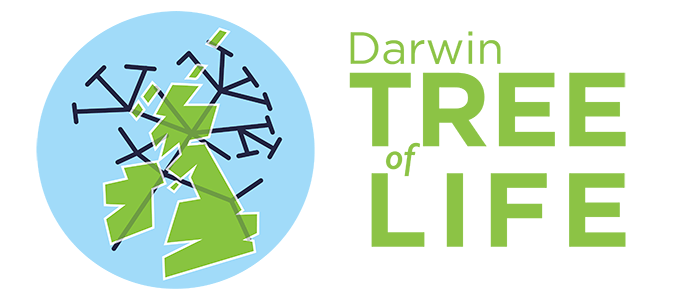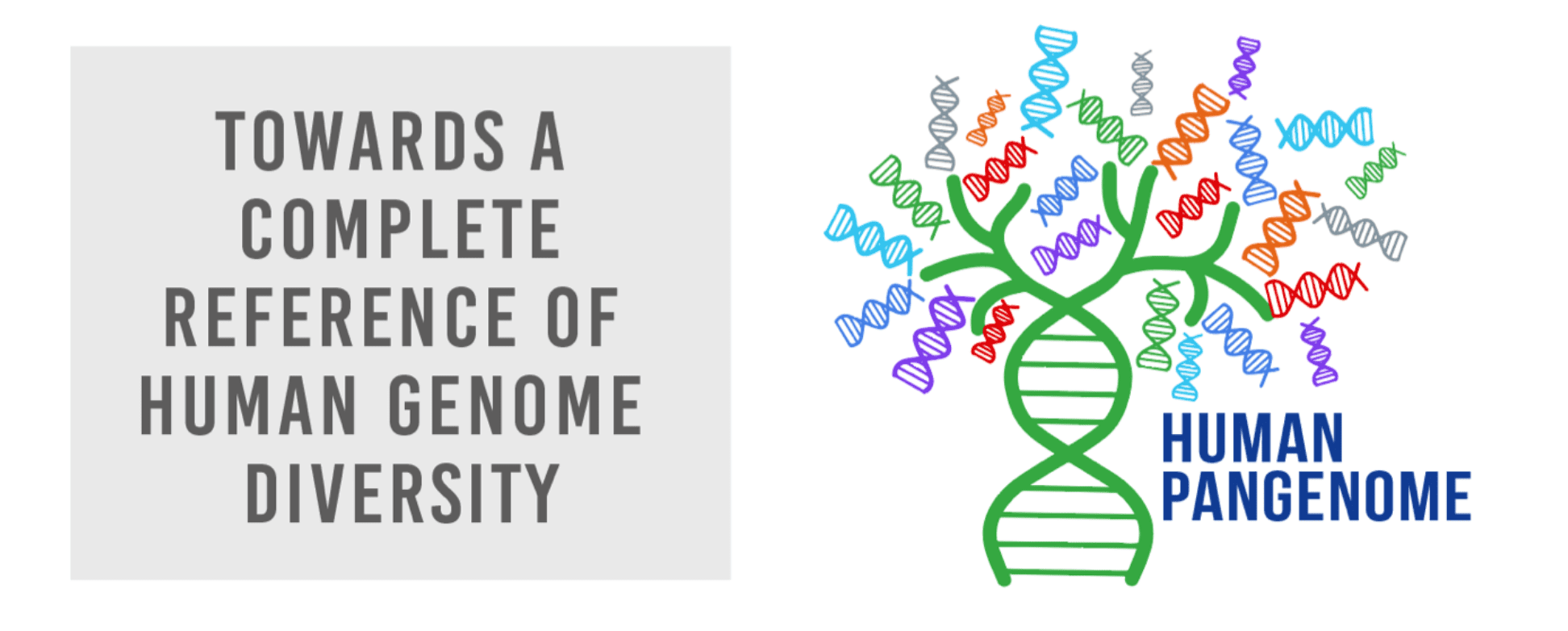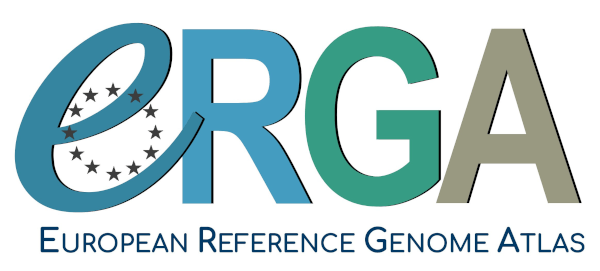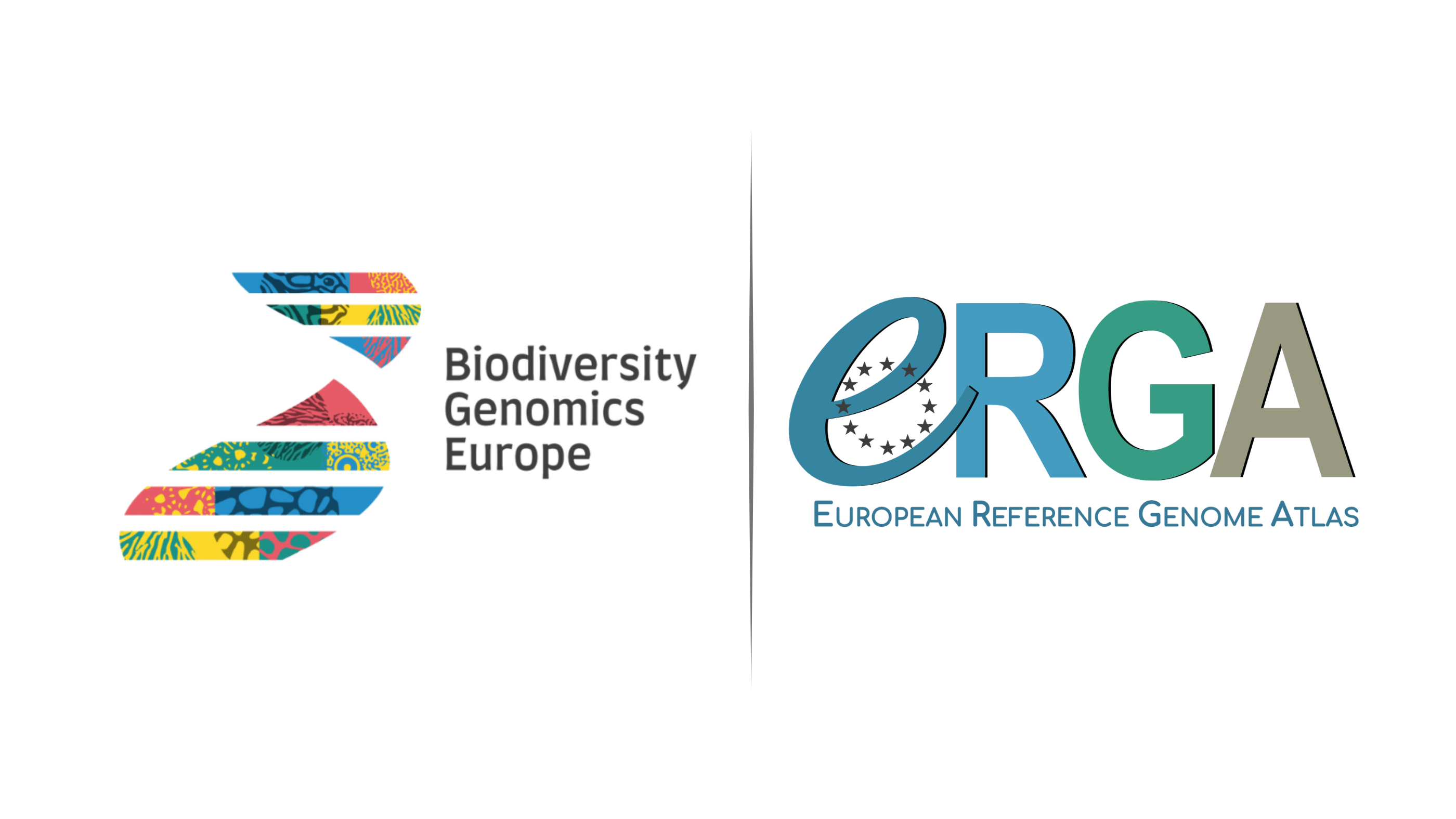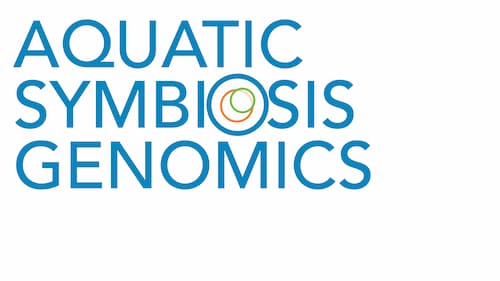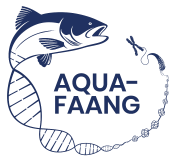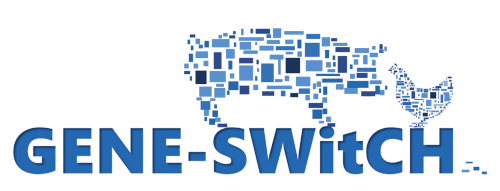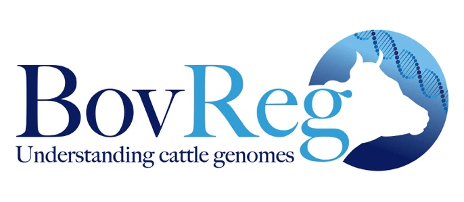Ensembl Projects
Ensembl creates, integrates and distributes reference datasets and analysis tools that enable genomics. We are based at EMBL-EBI and our software and data are freely available.
The projects listed below incorporate Ensembl code in their displays of genomic data.
Darwin Tree of Life
The Darwin Tree of Life project (DToL) aims to exploit long read technologies to sequence the genomes of all 60,000 species of eukaryotic organisms in Britain and Ireland. It is a collaboration between biodiversity, genomics and analysis partners that hopes to transform the way we do biology, conservation and biotechnology.
Vertebrate Genomes Project
The Vertebrate Genomes Project (VGP) aims to generate near error-free reference genome assemblies of ~70,000 extant vertebrate species. These genomes will be used to address fundamental questions in biology and disease, to identify species most genetically at risk for extinction, and to preserve genetic information of life.
BovReg
The BovReg consortium aims to provide a comprehensive map of functionally active genomic features in cattle and how their (epi)genetic variation in beef and dairy breeds translates into phenotypes. This constitutes key knowledge for biology-driven genomic prediction needed by scientific and industry livestock communities.
BLUEPRINT
BLUEPRINT is a large-scale research project that brings together 41 leading European universities, research institutes and industry entrepreneurs in one of the first so-called high impact research initiatives to receive funding from the EU. The goal of BLUEPRINT is to apply highly sophisticated functional genomics analysis to a clearly defined set of primarily human samples from healthy and diseased individuals, and to provide at least 100 reference epigenomes to the scientific community.

